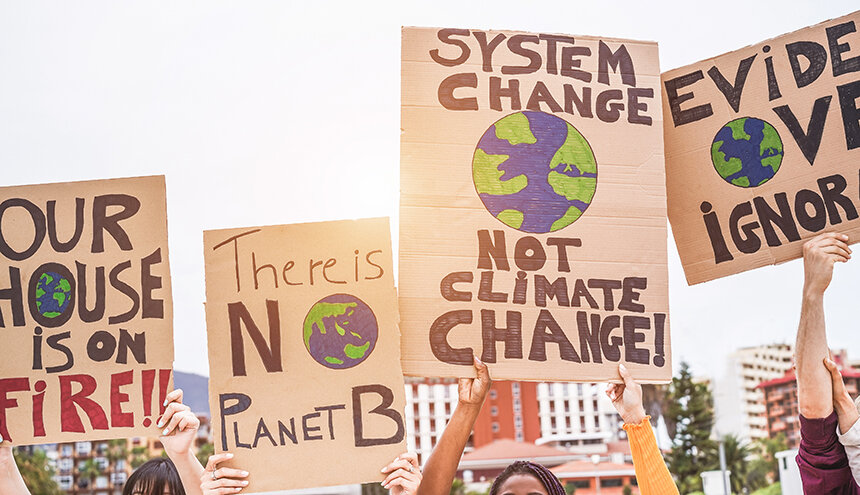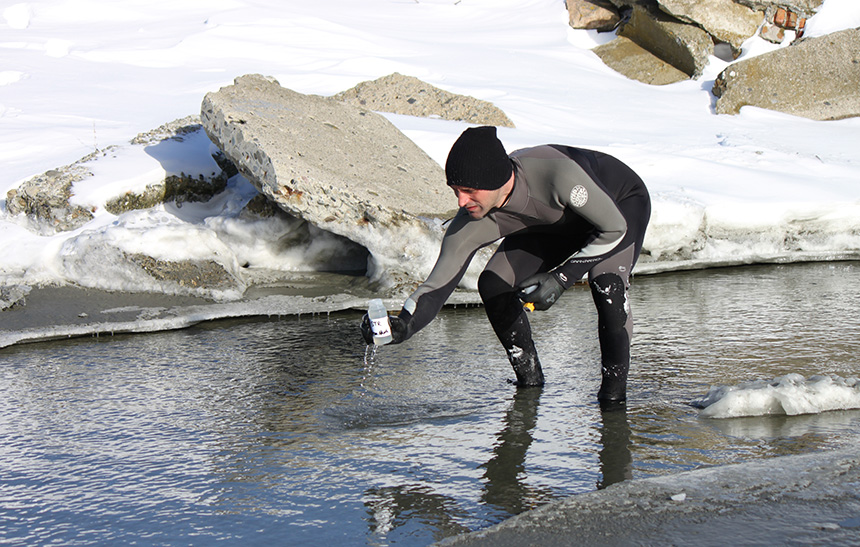Access to the Coast is an Environmental Justice Issue
May 24, 2021
A bus from Providence Station to Narragansett Town Beach, a 32.5-mile ride, takes 1 hour and 42 minutes, according to Google Maps. After these typically long one-way bus trips to Rhode Island’s coastal areas from its urban core, there are additional hurdles to overcome, such as entry fees and the proximity of the bus stop to the beach or a coastal access point.
For many Indigenous people, the original inhabitants of southern New England’s coastal areas, and people of color a lack of shoreline access is deeply disturbing and a generations-long problem.
During a March online presentation hosted by the Watershed Action Alliance of Southeastern Massachusetts, speakers discussed environmental justice and, in particular, equal access to coastal areas.
The Environmental Protection Agency (EPA) defines environmental justice as “the fair treatment and meaningful involvement of all people regardless of race, color, national origin, or income, with respect to the development, implementation, and enforcement of environmental laws, regulations, and policies.”
The federal agency notes that this “goal will be achieved when everyone enjoys: The same degree of protection from environmental and health hazards, and equal access to the decision-making process to have a healthy environment in which to live, learn, and work.”
“Environmental justice is really multifaceted,” said Kate Mulvaney, a social scientist for the EPA based in Narragansett, R.I. “The particular aspect of this work that I’m talking about here is considered distributional justice, which is the idea that benefits and burdens of environmental resources are distributed fairly among all people.”
Mulvaney shared data and maps that demonstrated how, in Rhode Island, these benefits and burdens are often unequally distributed, or unequally accessible. Take, for example, transportation.
“If you have a car you can get to more places than if you don’t have a car, if the location isn’t at a bus stop or on a bike path, or if there’s no place to lock up your bike,” she said.
“Since time immemorial, the Wampanoag people have roamed, occupied, lived, died and survived on these lands now called southeastern Massachusetts and eastern Rhode Island,” said Melissa Ferretti, a member of the Herring Pond Wampanoag Tribe in Plymouth, Mass. “So supporting public access to recreational waterways for the tribes is not so much for recreation. It’s for sustenance and food sovereignty. We remain deeply connected culturally and spiritually to our homelands and to the waters particularly. Our people have continued to fish, hunt, trap and gather for thousands of years.”
Ferretti spoke about growing up as a child and how her elders would take her foraging, fishing and hunting, and how the land was always there — a constant provider.
“I witnessed firsthand as a small child what it was like to be a survivalist and … living off the ‘fat of the land,’” she said.
But for many area tribes, this reliance on shoreline land and coastal waters has eroded over time, as more and more private property signs are posted up and down the southern New England coast.
“Over the years, these places that we would go to fish and pick slowly disappeared,” Ferretti said. “Our whole lives, you could sit on the beach. You could swim. You could fish. You could do whatever you wanted, and then it came a time where someone bought something and claimed that they owned the land.”
She noted that many Native Americans do have a right to access public properties via private easements and to hunt, fish, trap and gather unless abrogated by treaty, abandoned or extinguished by statute. She encouraged the event’s virtual audience to support these rights.
“So how can you support public access? Well, I would think supporting public access from an Indigenous perspective is to begin … to understand the human and inherent right to protect the marine areas and our ancient connection to the lands,” Ferretti said.
To see more stories in this series, click here.



